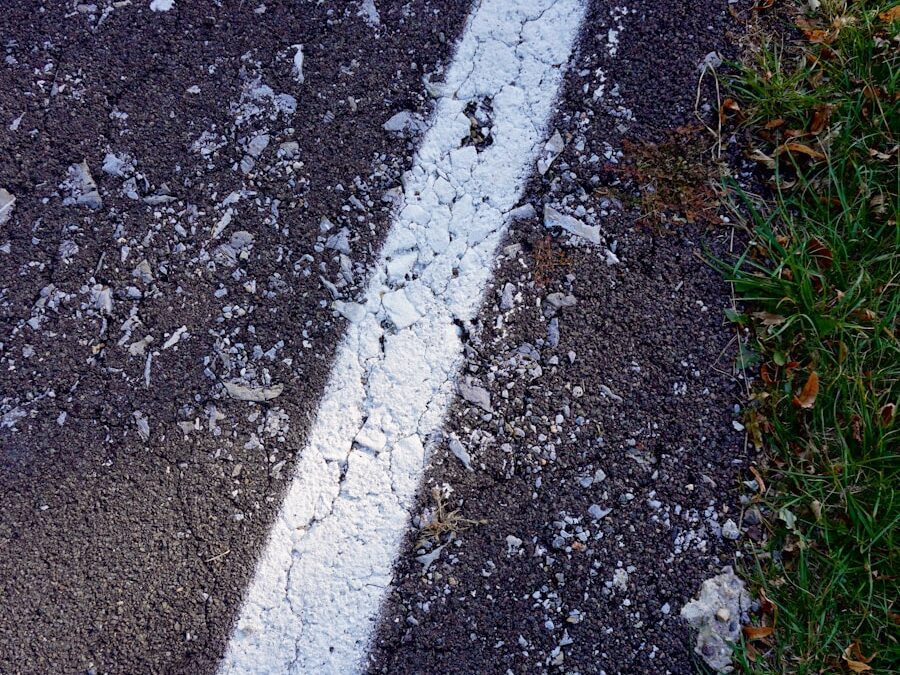Potholes are a common and frustrating problem for drivers all over the world. These road hazards are caused by the expansion and contraction of water after it has entered the ground under the pavement. This process weakens the pavement and, combined with the weight of vehicles constantly driving over it, eventually leads to the formation of a pothole. Potholes not only damage vehicles, but they also pose a safety risk to drivers and pedestrians. In addition, they can cause traffic congestion and increase the cost of road maintenance for local governments. The battle of the potholes is a never-ending struggle, and finding the most effective and efficient way to repair them is crucial.
Potholes are not only a nuisance for drivers, but they also have a significant impact on the economy. According to a study by the American Automobile Association (AAA), potholes cost U.S. drivers an average of $3 billion annually in vehicle repairs. This staggering figure highlights the need for effective pothole repair methods that can provide long-term solutions to this persistent problem. It is clear that understanding the causes and consequences of potholes is essential in finding the best approach to repairing them.
Pothole Patches: Quick Fixes or Temporary Solutions?
Pothole patches are a common method used to temporarily repair potholes. This quick fix involves filling the pothole with a patching material, such as cold mix asphalt or hot mix asphalt, and compacting it to create a smooth surface. While pothole patches can provide immediate relief by smoothing out rough roads and reducing the risk of vehicle damage, they are often considered temporary solutions. Patches may deteriorate quickly, especially in areas with heavy traffic or harsh weather conditions, leading to the need for frequent re-patching.
One of the main drawbacks of pothole patches is their short-term effectiveness. The temporary nature of these repairs means that they may not provide a lasting solution to the problem of potholes. In addition, the constant need for re-patching can be costly and time-consuming for local governments and road maintenance crews. While pothole patches can be a quick and convenient way to address immediate road hazards, they may not be the most sustainable option in the long run.
Permanent Pothole Repair: The Long-Term Solution
Permanent pothole repair methods aim to provide lasting solutions to the problem of potholes. These methods typically involve removing the damaged pavement around the pothole, preparing the area, and filling it with a durable patching material, such as hot mix asphalt or concrete. Permanent pothole repair techniques are designed to create a strong and long-lasting bond between the patching material and the surrounding pavement, ensuring that the repaired area can withstand heavy traffic and harsh weather conditions.
One of the key advantages of permanent pothole repair is its long-term effectiveness. By addressing the underlying causes of potholes and using high-quality materials and techniques, permanent repairs can provide a durable solution that minimizes the need for frequent maintenance. In addition, permanent pothole repair methods can help reduce the overall cost of road maintenance by minimizing the need for repeated patching and re-patching. While permanent pothole repair may require more time and resources upfront, it offers a sustainable and cost-effective solution to the problem of potholes.
Cost Comparison: Pothole Patches vs. Permanent Pothole Repair
When comparing the costs of pothole patches and permanent pothole repair, it is important to consider both short-term and long-term expenses. Pothole patches are generally less expensive upfront, as they require minimal materials and labor. However, the temporary nature of these repairs means that they may need to be re-patched frequently, leading to higher long-term costs. In contrast, permanent pothole repair methods may require more initial investment, but they offer a durable and long-lasting solution that can reduce overall maintenance expenses over time.
In addition to direct repair costs, it is important to consider the indirect costs associated with potholes, such as vehicle damage, traffic congestion, and increased fuel consumption. Pothole patches may provide immediate relief by smoothing out rough roads, but they may not address the underlying causes of potholes or prevent future damage. On the other hand, permanent pothole repair methods can help minimize these indirect costs by providing a lasting solution that improves road safety and reduces the need for frequent maintenance.
Environmental Impact: Pothole Patches vs. Permanent Pothole Repair
The environmental impact of pothole patches and permanent pothole repair methods is an important factor to consider when evaluating their effectiveness. Pothole patches typically use cold mix asphalt or hot mix asphalt, which are petroleum-based materials that require energy-intensive production processes. In addition, the frequent re-patching required with these methods can lead to increased energy consumption and greenhouse gas emissions over time.
In contrast, permanent pothole repair methods often use high-quality materials such as hot mix asphalt or concrete, which have a longer service life and require less frequent maintenance. By providing a durable and long-lasting solution to the problem of potholes, permanent repairs can help reduce overall energy consumption and greenhouse gas emissions associated with road maintenance. In addition, these methods can contribute to improved road safety and reduced vehicle emissions by creating smoother and more reliable driving surfaces.
Durability and Longevity: Pothole Patches vs. Permanent Pothole Repair
The durability and longevity of pothole patches and permanent pothole repair methods are key considerations when evaluating their effectiveness. Pothole patches are designed to provide immediate relief by filling in damaged areas and creating a smooth driving surface. However, these repairs are often temporary in nature and may deteriorate quickly, especially in areas with heavy traffic or harsh weather conditions.
In contrast, permanent pothole repair methods aim to create a strong and long-lasting bond between the patching material and the surrounding pavement. By addressing the underlying causes of potholes and using high-quality materials and techniques, permanent repairs can provide a durable solution that withstands heavy traffic and harsh weather conditions. This long-term effectiveness can help minimize the need for frequent maintenance and reduce overall road maintenance costs over time.
Making the Right Choice: Factors to Consider in Pothole Repair
When making decisions about pothole repair, it is important to consider a variety of factors in order to choose the most effective and sustainable solution. Factors such as cost, environmental impact, durability, and long-term effectiveness should all be taken into account when evaluating different repair methods. While pothole patches may offer quick fixes for immediate road hazards, they may not provide lasting solutions to the problem of potholes.
On the other hand, permanent pothole repair methods can offer durable and long-lasting solutions that minimize the need for frequent maintenance and reduce overall road maintenance costs. By addressing the underlying causes of potholes and using high-quality materials and techniques, permanent repairs can provide a sustainable solution that improves road safety and reduces environmental impact. When making decisions about pothole repair, it is important to carefully consider these factors in order to choose the most effective and efficient method for addressing this persistent problem on our roads.

